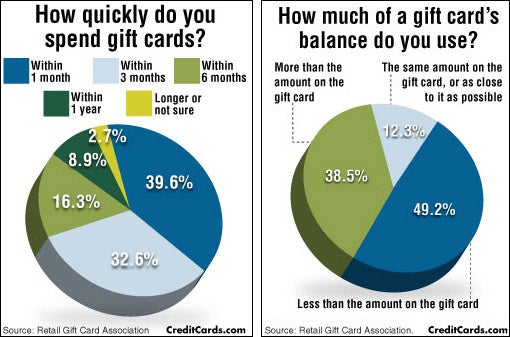Famous Historical Glass Engravers You Ought To Know
Glass engravers have actually been highly knowledgeable craftsmen and musicians for hundreds of years. The 1700s were particularly significant for their success and popularity.
As an example, this lead glass cup shows how etching incorporated design patterns like Chinese-style themes right into European glass. It also shows just how the skill of a good engraver can produce imaginary depth and aesthetic appearance.
Dominik Biemann
In the first quarter of the 19th century the conventional refinery area of north Bohemia was the only location where ignorant mythological and allegorical scenes inscribed on glass were still in fashion. The goblet pictured right here was engraved by Dominik Biemann, who focused on little pictures on glass and is considered as one of the most essential engravers of his time.
He was the kid of a glassworker in Nové Svet and the bro of Franz Pohl, another leading engraver of the period. His work is qualified by a play of light and darkness, which is specifically evident on this goblet showing the etching of stags in forest. He was likewise recognized for his work with porcelain. He passed away in 1857. The MAK Museum in Vienna is home to a large collection of his jobs.
August Bohm
A significant Nurnberg engraver of the late 17th century, Bohm worked with delicacy and a sense of calligraphy. He engraved minute landscapes and inscriptions with vibrant official scrollwork. His job is a forerunner to the neo-renaissance style that was to dominate Bohemian and various other European glass in the 1880s and past.
Bohm embraced a sculptural feeling in both relief and intaglio inscription. He showed his mastery of the latter in the carefully crosshatched chiaroscuro (watching) impacts in this footed goblet and cut cover, which illustrates Alexander the Great at the Fight of Granicus River (334 BC) after a paint by Charles Le Brun. Despite his substantial ability, he never attained the popularity and fortune he sought. He died in scantiness. His other half was Theresia Dittrich.
Carl Gunther
Regardless of his vigorous job, Carl Gunther was a relaxed male that appreciated spending quality time with friends and family. He enjoyed his everyday ritual of going to the Collinsville Senior citizen Center to appreciate lunch with his buddies, and these minutes of sociability supplied him with a much required break from his demanding profession.
The 1830s saw something quite extraordinary take place to glass-- it came to be vibrant. Engravers from Meistersdorf and Steinschonau created highly coloured glass, a taste called Biedermeier, to satisfy the need of Europe's country-house courses.
The Flammarion engraving has become a sign of this new preference and has actually shown up in books committed to scientific research in addition to those checking out mysticism. It is also found in numerous gallery collections. It is thought to be the only enduring instance of its kind.
Maurice Marinot
Maurice Marinot (1882-1960) started his profession as a fauvist painter, but became attracted with glassmaking in 1911 when seeing the Viard siblings' glassworks in Bar-sur-Seine. They provided him a bench and taught him enamelling and glass blowing, which he understood with supreme ability. He established his own strategies, utilizing gold flecks and exploiting the bubbles and various other natural defects of the product.
His technique was to treat the glass as a creature and he was among the very first 20th century glassworkers to use weight, mass, and the aesthetic impact of all-natural problems as aesthetic components in his jobs. The exhibition shows the considerable impact that Marinot carried contemporary glass production. Sadly, the Allied bombing of Troyes in 1944 destroyed his workshop and hundreds of illustrations and paints.
Edward Michel
In the early 1800s Joshua presented a style that resembled the Venetian glass of the duration. He made use of a strategy called ruby point inscription, which includes damaging lines into the surface area of the glass with a difficult steel carry out.
He also established the first threading maker. This innovation permitted the application of long, spirally wound routes of color (called gilding) on the text of the glass, an important attribute of the glass in the Venetian style.
The late 19th century brought brand-new design concepts to the sports-themed engraved glass table. Frederick Kny and William Fritsche both operated at Thomas Webb & Sons, a British business that concentrated on premium quality crystal glass and speciality coloured glass. Their job showed a choice for classical or mythical topics.

Comments on “Custom Glass For Fantasy Sci Fi Or Fandom Collectibles”